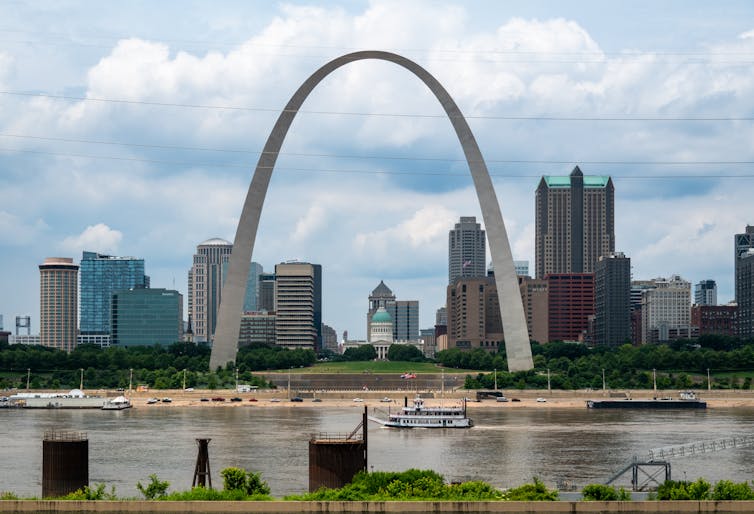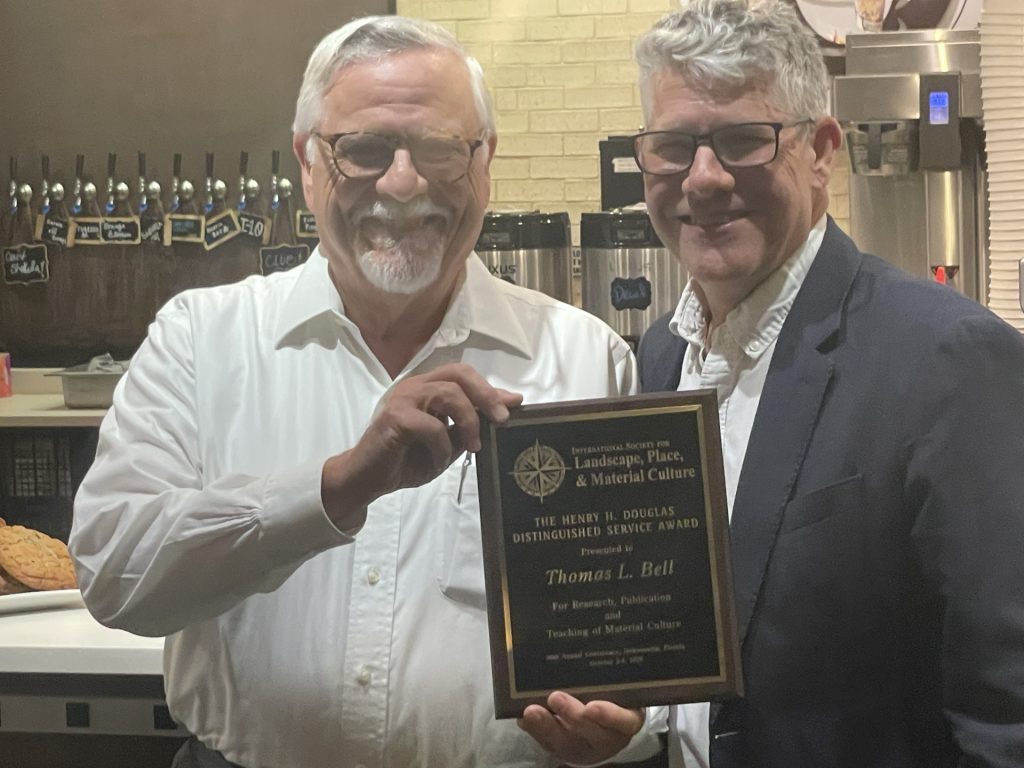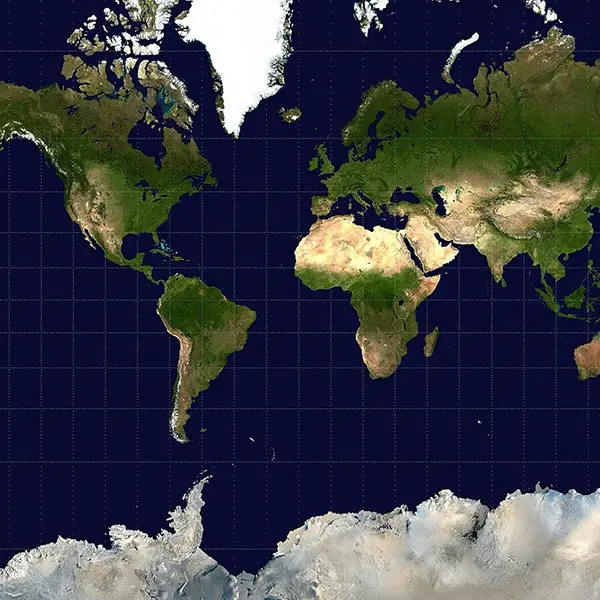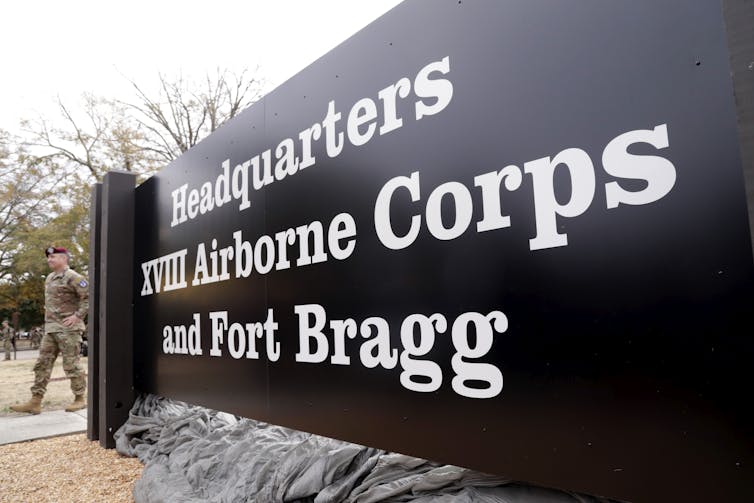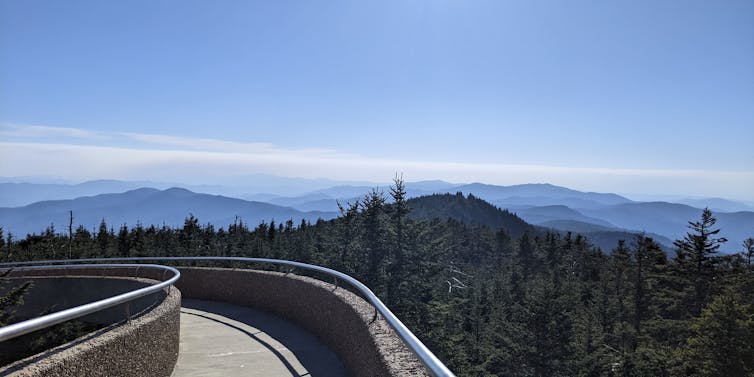Seth Kannarr in ‘The Conversation:’ Trump administration replaces America 250 quarters honoring abolition and women’s suffrage with Mayflower and Gettysburg designs

The culture wars have arrived at the U.S. Mint.
Commemorative coins aimed at celebrating America’s 250th anniversary in 2026 were unveiled by the mint on Dec. 10, 2025, and they reflect the country’s currently divided politics and views of history.
In an unexpected move, most of the original designs for the “America 250” coins that were approved by two official committees in 2024 were abandoned and replaced. Most notably, the Black Abolition, Women’s Suffrage and Civil Rights quarters were replaced with quarters that instead commemorate the Mayflower Compact, Revolutionary War and the Gettysburg Address.
As a cultural geographer and coin collector, I believe the release of these new dimes, quarters and half-dollars offers a reminder that coins, despite their small size, share important messages about what it means to be an American.
This isn’t the first time politics has invaded the design of U.S. coins. The history contained in their designs is often negotiated and politicized, which is manifested into coins as public memory.
From Congress to your pocket
The production of these America 250 coins, part of the celebration formally referred to as the “American Semiquintennial,” was authorized by the Circulating Collectible Coin Redesign Act of 2020, which was signed into law by President Donald Trump in January 2021.
This reflects the long-standing formal process for designing and producing U.S. coins, both regular circulating ones and commemorative ones.
First, Congress calls for the production of new coins. Then, design ideas and draft art are solicited from medallic artists at the U.S. Mint, who create the raised, three-dimensional designs that are sculpted into models.
Two groups – the Citizens Coinage Advisory Committee, which exists to advise the U.S. Secretary of the Treasury on the designs of all U.S. coins and medals, and the federal Commission of Fine Arts, which provides advice to the federal government on matters of design and aesthetics, including memorials, buildings and coins – work together over time, including through public meetings, to review proposed designs and recommend revisions and selections of specific designs.
The recommendations of the advisory committee and the commission have in the past proved valuable to shaping the final depictions portrayed in coin engravings, but the final authority and decisions come from the Secretary of the Treasury.
In the case of the America 250 coins, the designs were discussed across multiple meetings in 2024, with the final report from the Commission of Fine Arts published on Oct. 24, 2024.
The final recommendations were for a dime that bears a “Liberty Over Tyranny” design; five quarters that would have the “Declaration of Independence,” “U.S. Constitution,” “Abolitionism,” “Suffrage” and “Civil Rights” as their respective designs; and a half-dollar that would bear a “Participatory Democracy” design.
Why the big switch?
The original dime and half-dollar images remained unchanged in the officially accepted designs unveiled on Dec. 10, 2025. However, all quarter designs were changed, eliminating the proposed images representing the Declaration of Independence, U.S. Constitution, Abolitionism, Suffrage and Civil Rights, with the exception of the reverse side of the Declaration of Independence quarter.
No official explanation for these changes were provided during the U.S. Mint’s design unveiling event. But it is not hard to see how the nation’s current political climate, in which President Donald Trump has complained that the Smithsonian focuses too much on “how bad slavery was” and not enough on the “brightness” of the country’s history, may have played a role.
This is significant for two primary reasons. One, the process for choosing the design was supposed to reflect public input, via the public meetings with the two advisory committees regarding these changes. But these fundamental changes were ultimately decided by the Secretary of the Treasury out of the public eye, likely in concert with other members of the Trump administration.
Second, these changes of the America 250 quarters reinforce a more traditional and exclusionary view of nation’s founding and continued progress. The new designs sideline Americans’ historical struggle against oppression and social injustice and are demonstrative of the Trump administration’s collective efforts to bar government statements and initiatives related to diversity, equity and inclusion.
The selective editing of American memory portrayed on the America 250 coins is not only a breach in established process, but it’s also a missed opportunity to provide new and diverse representation in an easy, yet meaningful, way.
Public memory in your pocket
Ever since the U.S. Mint opened in Philadelphia in 1792, coins and currency with depictions of American figures, symbolic representations and iconic inscriptions have circulated throughout the nation and the world.
For example, the Fifty States Quarters program, which ran from 1999 to 2008, was very popular among Americans who appreciated seeing different designs on quarters that were emblematic of their own state’s identity. For example, the Vermont version of the quarter included an image of Camel’s Hump Mountain and maple trees with sap buckets hung on them.
Scholars have argued that coins and currency are examples of everyday or banal nationalism, which refers to the often unnoticed expressions of national identity that persist throughout material culture and society.
Coins occupy sparing yet evident moments throughout our lives. You can find them in routine places, with little attention given to their presence, such as the bottom of your junk drawer, in the cup holder in your car or abandoned on the sidewalk.

To cultural geographers like me, coins serve as vessels of passive and active public memory. They subtly signal values and reinforce figures and events as important to American culture and history by being portrayed on government-issued coins.
This understanding further highlights the significance of the recent design changes to the America 250 coins. The removal of imagery of women, people of color and historic events important to marginalized people are not subtle choices.
Whether someone is an active coin collector or just looking to buy a candy bar at a convenience store, all people participate in the reproduction of American public memory. And they do this regardless of which narratives of public memory are chosen to be shared by the federal government.
What comes next?
Recent controversies regarding the end of production of the U.S. penny and the proposal for a new one-dollar coin commemorating President Donald Trump illustrate the American public’s continued interest and attention to coins and currency despite an increasingly digital age. The redesign of these America 250 coins is yet another story in this ongoing saga.
Historically, designs of coins or currency that are unpopular with the general public are ripe for being defaced, such as the scratching out of public figures or the complete destruction of the piece.
Although sometimes illegal, such an act sends a powerful political message of subversion against the government. This tends to be more common in other nations, beyond minor graffiti drawn onto paper currency in the U.S.
If the U.S. Mint maintains the product schedule of previous years, the America 250 coins should begin to circulate in February 2026. It may take time for the coins to arrive at banks, and even longer for them to show up as change from grocery stores, convenience shops and beyond.
Whether you believe in the appropriateness of the new designs or not, the coins and their backstory can serve as a prompt for discussion with friends and family, or even educating children, about what it means to be an American. The power – and the coins – will soon be in your hands.
Seth T. Kannarr, Ph.D. Candidate in Geography, University of Tennessee
This article is republished from The Conversation under a Creative Commons license. Read the original article.




